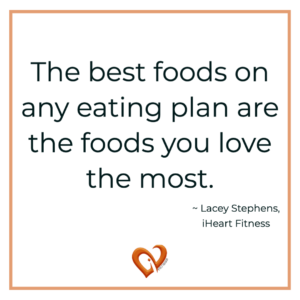What do you think of when you hear the term ‘heart healthy eating’? For some it conjures up images of small portions of bland, tasteless foods. Actually, that description couldn’t be further from the truth.
What Foods Are Considered Heart Healthy Foods?
Heart healthy eating stresses fruits, vegetables, whole grains, poultry (chicken, turkey, quail and hen), fish, nuts and non-tropical vegetable oils[1].
You’re actually encouraged to eat all these foods.
So before you dismiss heart healthy eating as rabbit food, close your eyes and imagine a steaming hot plate of pecan crusted salmon with baked potato wedges and sautéed green beans. Or substitute a juicy chicken breast for the salmon.
Both of those sound absolutely delicious, and yes, both of those are examples of heart healthy meals.
It’s not always what you eat. Sometimes it’s how you eat it.
And like most weight loss and maintenance programs, heart healthy eating limits sugar-sweetened foods, sugar-sweetened beverages and sodium[1].
It goes one step further by also limiting red and processed meats.
Notice I said limits, not eliminates
Is Heart Healthy Eating the Same as DASH Diet?
High blood pressure (hypertension) is one of the risk factors for heart disease, so the DASH Diet is a form of heart healthy eating with specific emphasis on sodium.
The DASH (dietary approaches to stop hypertension) Diet emphasizes fruits, vegetables, whole grains, lean meats and low-fat dairy[2]. It limits fatty meats, full-fat dairy and tropical oils. And like most weight loss and maintenance programs, the DASH Diet also limits sugar-sweetened foods, sugar-sweetened beverages and sodium.

Let’s face it – the best foods on any eating plan are the foods you love the most.
And the best part about heart healthy eating is that you can actually customize a heart healthy plan using the foods you love.
How to Customize Healthy Meals
Customizing your eating plan is as easy as 1, 2, 3.
1) Clarification
Get clarification on whether your doctor or healthcare provider has suggested that you
limit certain foods, or eliminate them altogether. In either case, make sure you understand why the change is necessary.
2) Information
Whether you’re told to limit or eliminate, you still need to know your numbers.
Typically, knowing your numbers refers to A1C, blood pressure, cholesterol and weight.
But the same concept applies to your total suggested daily limit for fat, sodium, sugar and added sugar.
The term ‘limit your intake’ is vague, but tracking your specific targets is actionable.
Having that tiny bit of information could absolutely change your life.
3) Modification
Modify your portions to fit within your goals.
You may be thinking the information sounds good and you’d like to give it a try, but you’re not sure where to start. The best place to start is right where you are, using the foods you love.
Once you’ve gotten clarification and information from your doctor or healthcare provider, set daily goals for fruits, vegetables, whole grains, poultry, fish, nuts and non-tropical oils.
Start by making 1 healthy substitution a day, and add to it.
For example, look for opportunities to:
- substitute fish for meat in some meals,
- substitute leaner cuts of meat when you do have meat, and
- if you’re up for it, just skip meat altogether 1 day a week. Meatless Monday’s can be magnificent!
Use the same process to set limits for fat, sodium, sugar and added sugar.
And there you have it. You just customized your very own heart healthy eating plan using the foods you love!
When you build your most important muscle firstTM, your other muscles will follow.
References:
[1] American Heart Association. (n.d.). Prevention and Treatment of High Cholesterol (Hyperlipidemia). Retrieved November 15, 2020, from https://www.heart.org/en/health-topics/cholesterol/prevention-and-treatment-of-high-cholesterol-hyperlipidemia
[2] DASH Diet. (n.d.). Retrieved February 26, 2021, from https://health.usnews.com/best-diet/dash-diet



